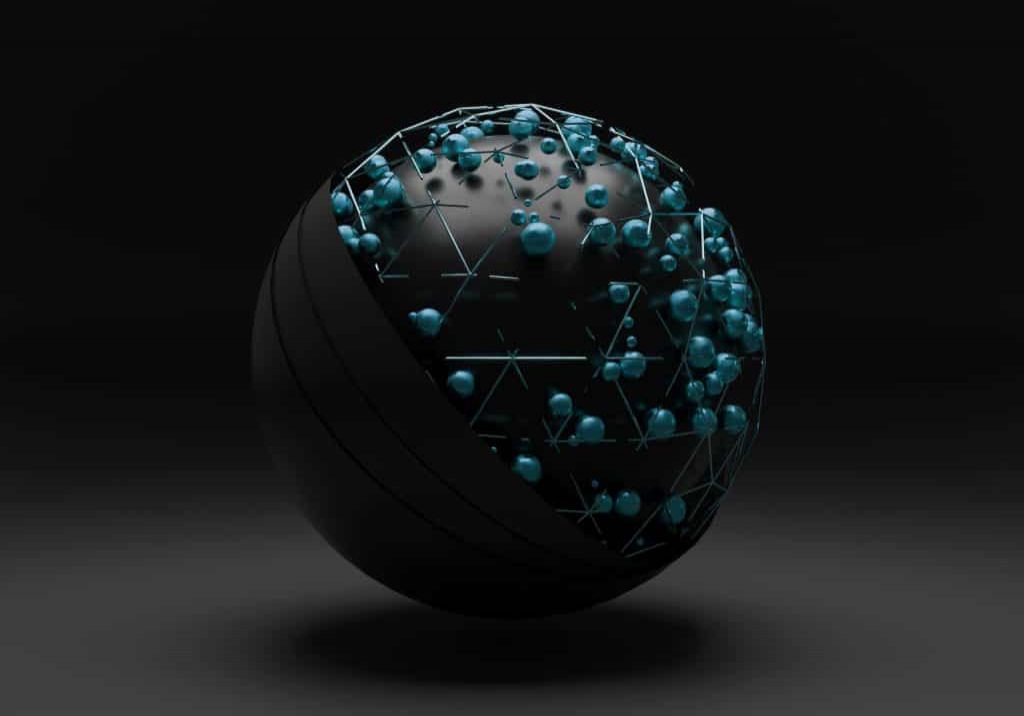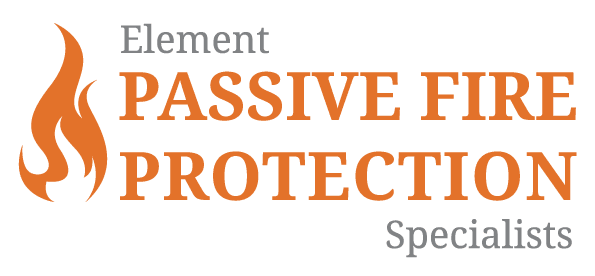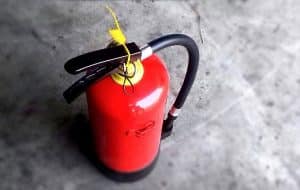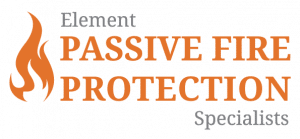Cavity barriers, intumescent paint, intumescent strips, downlighter hoods.
If you’ve had fire-stopping materials fitted into your building, then your installers may have mentioned some of these words to you. But what are intumescent materials that are being added into your building, and how do they work?
February’s blog is all about the science behind the intumescent materials that are being used in your building’s fire stopping measures, so carry on reading to educate yourself on the fire stopping nitty-gritty!
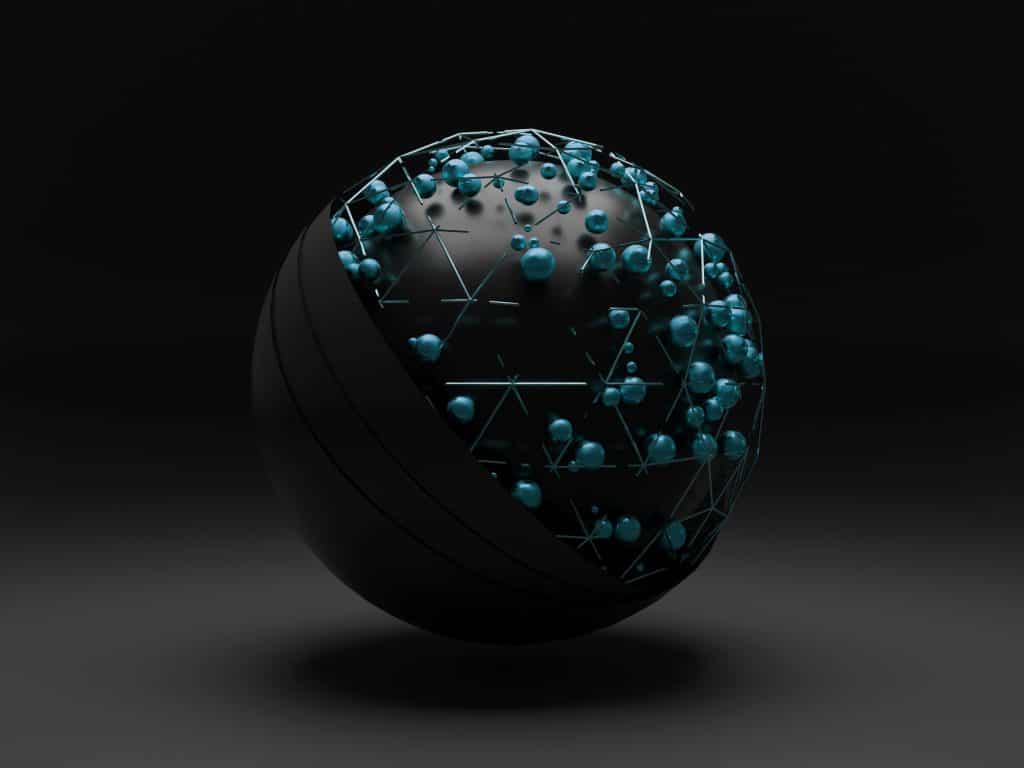
What does Intumescent mean?
Intumescent materials expand when they come into contact with heat. This enables them to block up and fill in gaps, which can form thicker barriers against fire. Intumescent materials are used in fire stopping measures because they are usually the best port of call when manufacturers are designing firestopping items. Intumescent materials can help with fire compartmentation because they will help with establishing the barriers of each compartment within the building.
The general idea of these materials, is that to provide a physical blockage between any gaps or holes within the room or ‘compartment’ of the building. Electrical plug sockets, lighting fixtures, pipes and are all areas where fire and smoke can spread – therefore its important to try and contain this fire and smoke and reduce the spread across the single compartment. By increasing the level of these materials throughout the entire building, you can maximise evaucation timings if a fire should break out, allowing the premises users to escape in more time.
Under 200 degrees, intumescent materials will increase in volume. As the material swells, the density decreases. These expansive materials can help.
Intumescent Products
This useful material comes in many different forms, including:
- Intumescent Paint
A type of overlaying coating which swells up when it contacts heat. Often intumescent paints are applied through the application of a primer and then a thick topcoat. - Intumescent Sealant
Sold in a variaty of different widths and lengths, instumescent seals are designed to bridge the gap between a fire door and the frame. - Downlight Fire Hoods
Or ‘downlight covers’ can help protect a ceiling light from overheating too much and consequently becoming a fire hazard. They can also increase the energy efficiency of your property as they insulate and regulate the heat above the light - Putty
Intumescent putty will fill in pipe-gaps in between the walls of a building. This allows some pipe movement due to its soft and flexible texture. The putty can be removed and reused if it is needed again in the future. - Intumescent Fire Cavity Barrier
Itumescent fire cavity barriers are necessary for filling in the gaps within the walls are essential for firestopping because they prevent any of the heat being able travel through the wall, making the walls far less conductive.
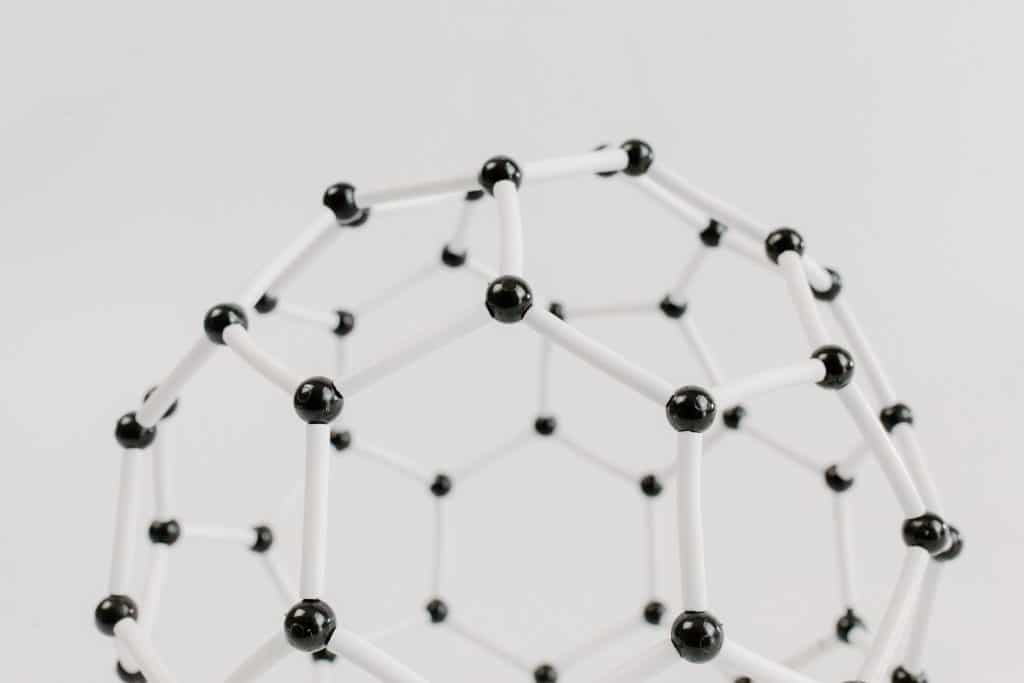
Element PFP’s use of Intumescent Materials
Element PFP use Rockwool materials and can install intumescent materials in to your premises using these high quality fire stopping materials. Whatever your fire remedial works consist of, it is highly likely that you’ll need to have these materials implemented into your building.
Contact Element PFP to enquire about how we can make your building safer and more fire safety compliant.
